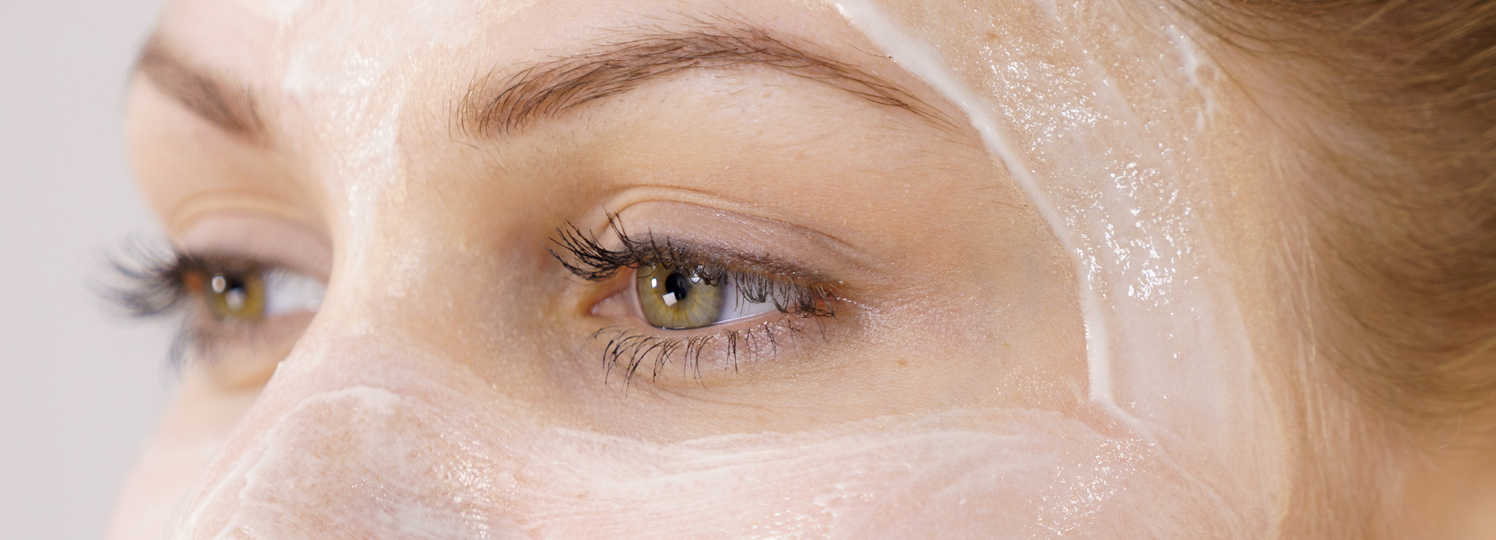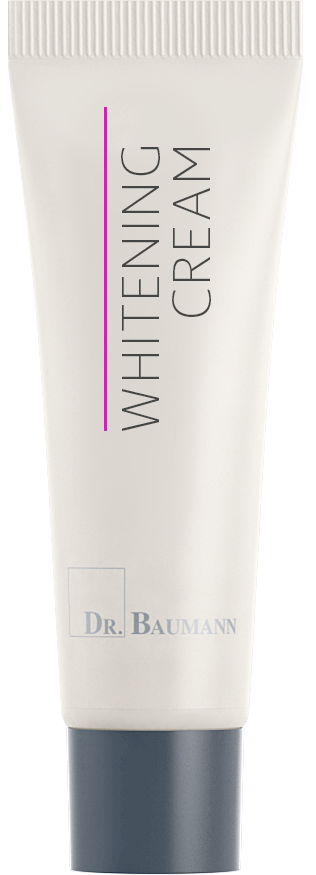

Special Care


Special Care
A mild specialized product to lighten the skin. Also suitable for moderate sun protection.
30 ml Jar
Art.-Nr. 1120
7 ml Tube
Art.-Nr. 1420
Aqua, Butylene Glycol, Ethylhexyl Cocoate, Caprylic/Capric/Stearic Triglyceride, Niacinamide, Titanium Dioxide (and) Aluminum Hydroxide (and) Dimethicone/Methicone Copolymer (nano), Urea, Stearyl Alcohol, Polyglyceryl-3 Methylglucose Distearate, Alpha-Arbutin, Sodium Lactate, Sucrose Stearate, D-mixed-Tocopherols, Lactic Acid, Allantoin, Xanthan Gum
Aqua:
Water. It accounts for around 65% of the weight of the human body and is therefore of fundamental importance for bodily functions, including those of the skin. In many cosmetic products (aqueous solutions, cleansers, emulsions), water is the ingredient with the largest proportion of the formulation in terms of quantity and forms the basis of the aqueous phase in emulsions. Water is a good solvent for polar (hydrophilic) substances such as alcohols, water-soluble vitamins or salts. For use in cosmetic products, the water used is generally pre-treated to remove microorganisms that could lead to spoilage of the product or dissolved salts that may impair the stability of emulsions or gels (sterilization and desalination).
Butylene Glycol:
Solvent with moisturizing effect on the skin, very good compatibility, should be preferred to propylene glycol in products used daily
Ethylhexyl Cocoate:
Wax ester that spreads well and is non-greasy, made from coconut oil.
Caprylic/Capric/Stearic Triglyceride:
Vegetable neutral fat. Contains almost all the fatty acids found in skin sebum and has moisturizing and protective properties.
Niacinamide:
Vitamin B3: Stabilizes the skin barrier, promotes the formation of ceramides, fatty acids, chilesterol, glycosylceramides, reduces transepidermal water loss, normalizes pigment irregularities, acts against premature skin ageing.
Titanium Dioxide (and) Aluminum Hydroxide (and) Dimethicone/Methicone Copolymer (nano):
Surface-treated titanium dioxide, mineral UV filter for sun protection, predominantly in the UV-B range
Urea:
The water-soluble urea is used in numerous cosmetic products. Urea is a component of the natural moisturising factors of the horny layer (content between 7 % and 12 %; up to half lower in chronically dry skin) and has a high water-binding capacity. It contributes to sustained moisturisation of the skin and reduces transepidermal water loss. Urea has a keratoplastic effect, in higher concentrations it has a keratolytic effect and is therefore also used in the care of skin affected by psoriasis or atopic dermatitis (neurodermatitis). Urea is also able to reduce the irritating potential of surfactants.
Stearyl Alcohol:
A body-identical fatty alcohol, occurs as an intermediate product in fat metabolism, also present in small quantities in the epidermis. Provides consistency in emulsions.
Polyglyceryl-3 Methylglucose Distearate:
Emulsifier for O/W systems with very good skin compatibility. Obtained from glycerine, sugar and fatty acids.
Alpha-Arbutin:
Glycosidically bound hydroquinone, serves to lighten the skin, is effective even at low concentrations and is therefore better tolerated than the frequently used beta-arbutin
Sodium Lactate:
Sodium salt of lactic acid: Has a moisturising effect on the skin, with the physiological pH value of the skin averaging 5.5. Important component of the natural moisturising factor (NMF) and the acid mantle of the skin.
Sucrose Stearate:
O/W emulsifier obtained from cane sugar and fat, very skin-friendly, moisturising.
D-mixed-Tocopherols:
Is the name of a mixture of natural tocopherols (vitamin E; D-alpha-, beta-, gamma- and delta-tocopherol). Vitamin E is the most important skin protection vitamin, which protects the skin from UV rays and oxygen radicals.
Lactic Acid:
Lactic acid. Occurs as a metabolic product in the body and on the skin, has a peeling effect on the horny layer in higher concentrations and at a low pH value of 2 to 3, supports the moisture content in buffered form (physiological pH value of the skin approx. 5.5) and preserves the skin's protective acid mantle.
Allantoin:
Allantoin is a body-identical, water-soluble substance and is chemically related to urea. It is found in various plants but is now produced synthetically for use in cosmetics. Its most important property is the stimulation of new cell formation. It promotes collagen formation, skin regeneration and wound healing, stimulates desquamation, smoothes the skin and can have a soothing effect on atopic dermatitis.
Xanthan Gum:
Polysaccharide, natural gelling agent with very good skin-compatible properties, is obtained biotechnologically.